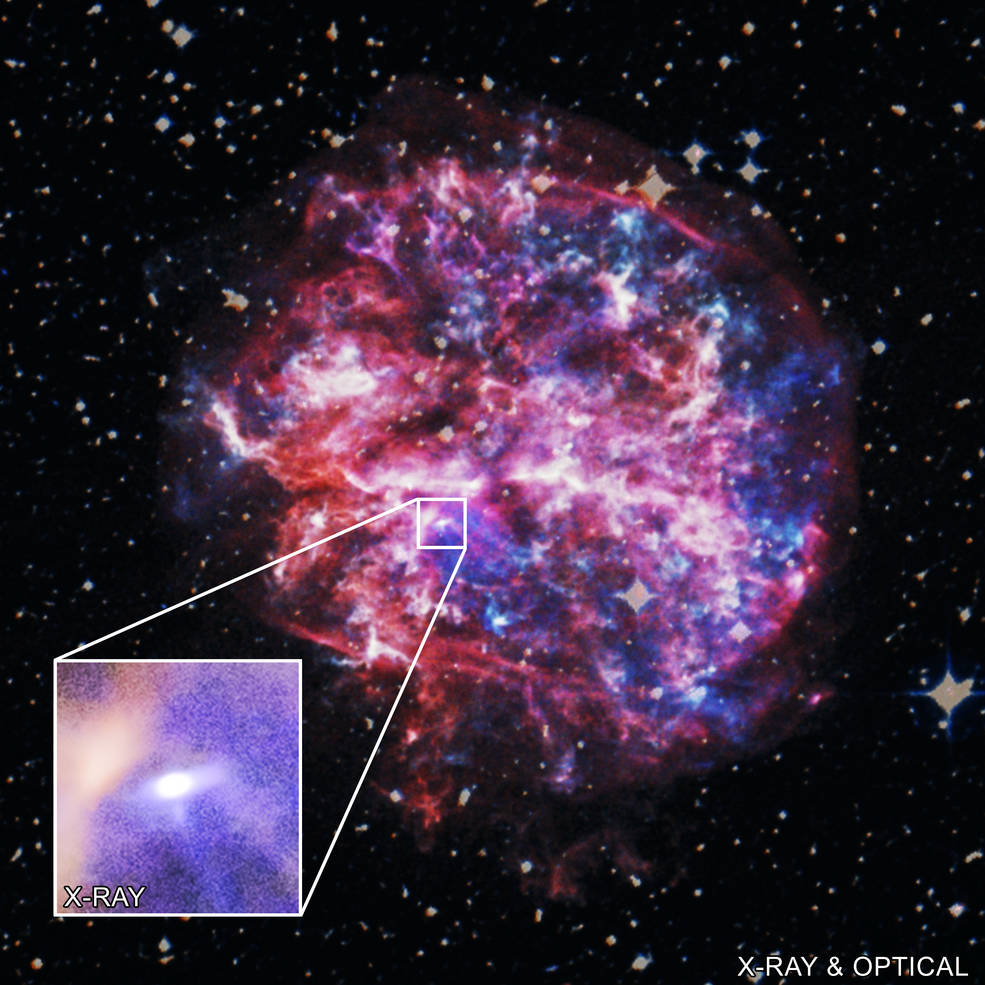Astronomers have narrowed down the timeline of a stellar explosion by combining data from NASA’s Chandra X-ray, Hubble Space Telescope, and the retired Spitzer Space Telescope.
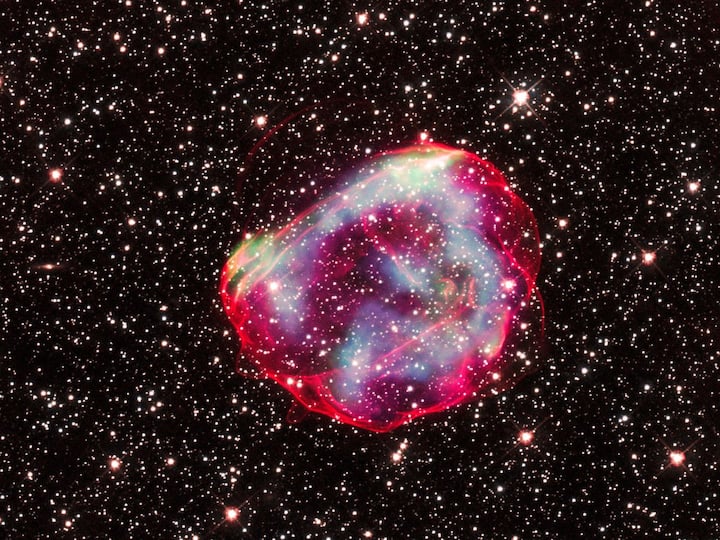
Astronomers have narrowed down the timeline of a stellar explosion by combining data from NASA’s Chandra X-ray, Hubble Space Telescope, and the retired Spitzer Space Telescope. This is a major achievement because it is often difficult to determine the timeline of the star’s demise, unlike the debris from exploded stars in the Milky Way galaxy and nearby galaxies, which can be seen relatively easily. A team of astronomers studied the spectacular remains of a supernova in the Large Magellanic Cloud, a neighbouring galaxy to the Milky Way, using NASA telescopes. This helped the astronomers find enough clues to “wind back the clock” for the supernova.
The study describing the findings was recently published in The Astrophysical Journal.
All About The Supernova Remnant
The supernova remnant SNR 0519 is the debris from an explosion of a white star in the Large Magellanic Cloud. The galaxy is located 1,60,000 light-years from Earth. The star reached a critical mass, either by pulling matter from a companion star or merging with another dwarf star. After this it underwent a thermonuclear explosion and was destroyed. This type of supernova is known as Type Ia Supernova. Scientists use Type Ia supernovae for a wide range of scientific studies ranging from studies of thermonuclear explosions to measuring distances to galaxies across billions of light-years.
What Does NASA’s Image Signify?
The composite image of SNR 0519, located in the Large Magellanic Cloud, shows X-ray data from NASA’s Chandra X-ray Observatory and optical data from NASA’s Hubble Space Telescope. In the image, X-rays from the supernova with low, medium and high energies are shown in green, blue, and purple respectively. Some of the colours are overlapping to appear white.
According to NASA, optical data shows the perimeter of the stellar remnant in red and stars around the remnant in white. In order to find out how long ago the star in SNR 0519 exploded and learn about the environment the supernova occurred in, astronomers combined the data from Chandra and Hubble with data from NASA’s retired Spitzer Space Telescope.
The combined data provides scientists a chance to “rewind” the movie of the stellar evolution that has played out since and figure out when it got started.
When Did The Stellar Explosion Occur?
In order to measure the speeds of material in the blast wave from the explosion, the researchers compared Hubble images from 2010, 2011, and 2020. The speeds range from about 3.8 million to 5.5 million miles per hour. If the speed of the material in the blast wave was toward the upper end of the estimated speeds, the astronomers determined that light from the explosion would have reached Earth about 670 years ago, or during the Hundred Years’ War between England and France and the height of the Ming Dynasty in China.
According to NASA, it is likely that the material has slowed down since the initial explosion and that the explosion happened more recently than 670 years ago. The data from NASA’s Chandra X-ray Observatory and Spitzer Space Telescope provide clues that this is the case.
The brightest regions in X-rays of the remnant are where the slowest-moving material is located, astronomers found. Meanwhile, no X-ray emission is associated with the fastest-moving material.
According to the study, some of the blast wave has crashed into dense gas around the remnant. This caused the wave to slow down as it travelled. In order to determine more precisely when the time of the star’s demise should truly be set, astronomers aim to use additional observations with Hubble.
Recent Posts
- Astronomers detect first direct image of black hole expelling a powerful jet
- WhatsApp rolling out ‘reply with message’ feature within call notifications
- Multi-Device Pairing May Be Arriving for Apple Watch this Year
- Artificial Intelligence Discovers Hidden Giant, a Planet 5 Times Larger Than Jupiter
- Google CEO Sundar Pichai Talks Bard & The Future Of Search
Recent Comments
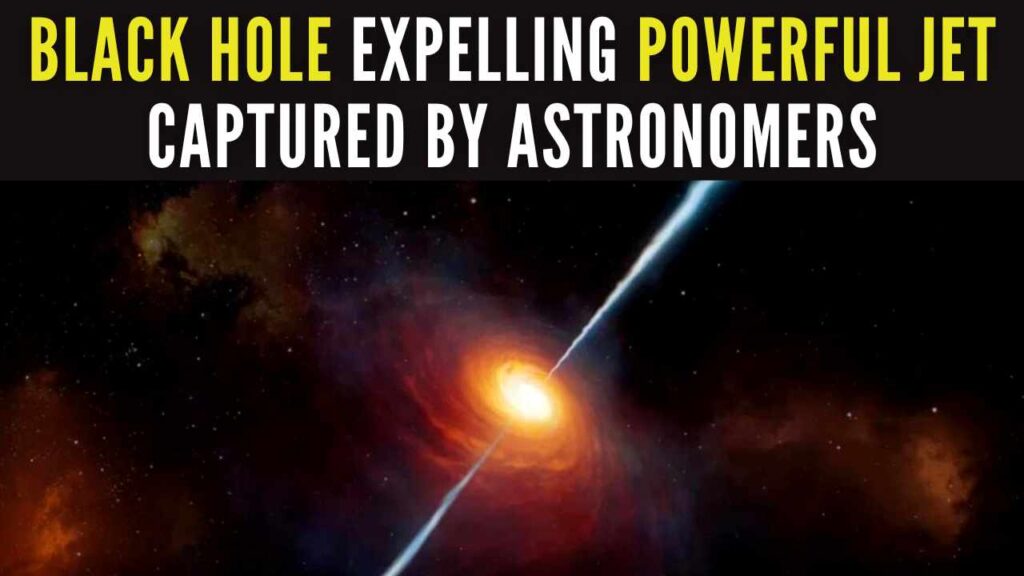
Astronomers detect first direct image of black hole expelling a powerful jet
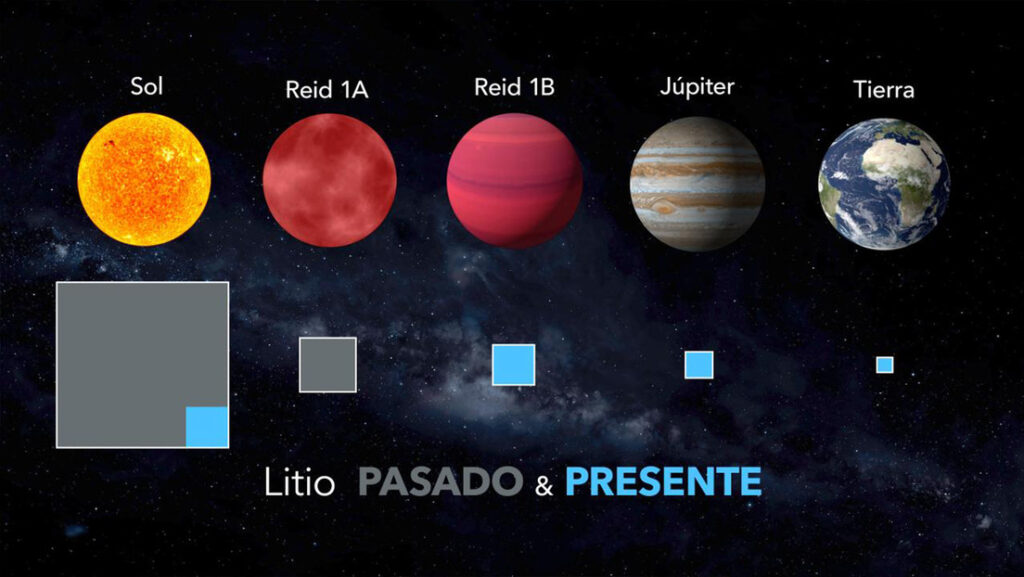
Artificial Intelligence Discovers Hidden Giant, a Planet 5 Times Larger Than Jupiter

Scientists explain melting of Antarctic ice sheet dating back 9,000 years
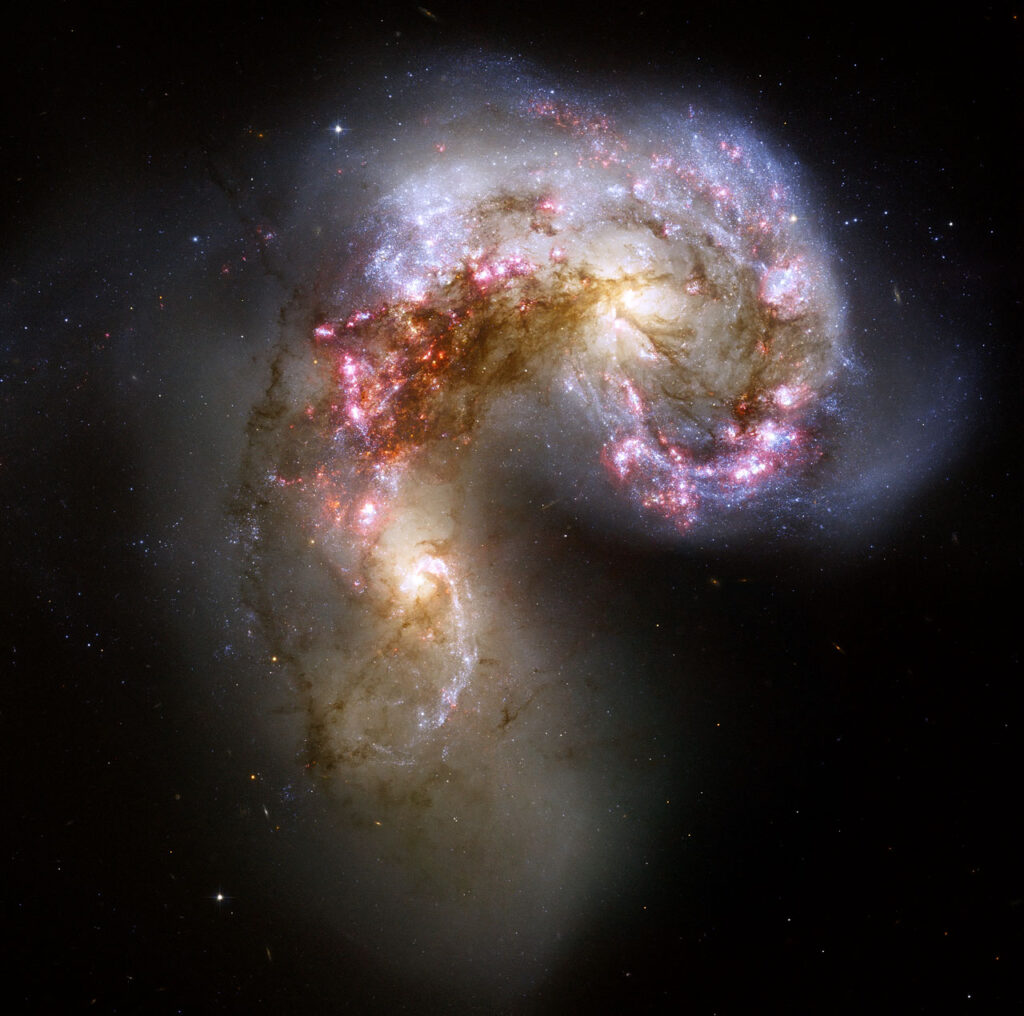
An Unexpected Discovery: Hubble, ESA's Gaia Spot Double Quasar That Existed Over 10 Billion Years Ago

Astronomers detect first direct image of black hole expelling a powerful jet

WhatsApp rolling out ‘reply with message’ feature within call notifications

Multi-Device Pairing May Be Arriving for Apple Watch this Year


